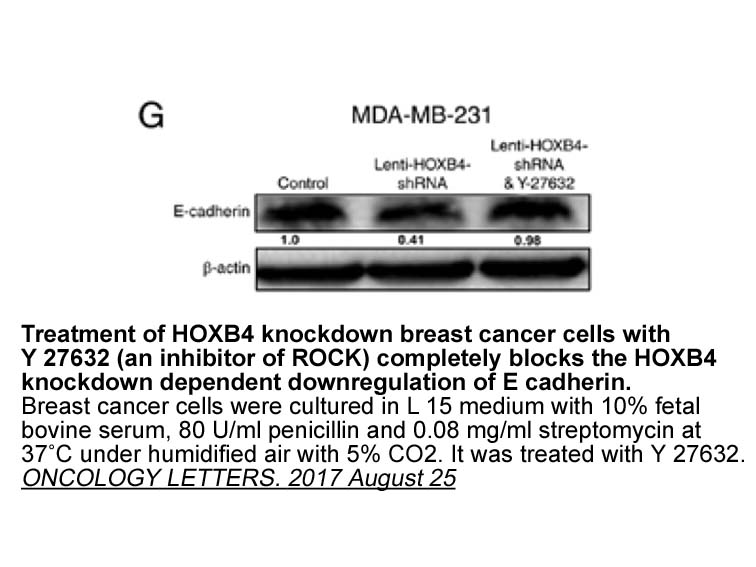Archives
Of note is that a minimal improvement both
Of note is that a minimal improvement, both in cognitive and neuroanatomical measures, was demonstrated in the OSA patients randomized to BSC over one month (Table 2, Supplementary Table S3). Similar improvement in patients with OSA has been previously associated with the improved sleep quality and argued by the beneficial impact of diet, exercise, lifestyle modifications and psychoeducation (Araghi et al., 2013). In addition to any intervention effects or natural neuro homeostatic fluctuations, it is also possible that some of the cognitive changes may have represented practice effects.
Dedication
Contributors
Funding
Acknowledgments
This work was supported by the Wellcome Trust [103952/Z/14/Z] and the NIHR Respiratory Biomedical Research Unit at the Royal Brompton and Harefield NHS Foundation Trust, Imperial College London. The authors wish to thank the National Institute for Health Research (NIHR), Biomedical Research Centre for Mental Health at South London and Maudsley NHS Foundation Trust and [Institute of Psychiatry, Psychology and Neuroscience (IoPPN)] King\'s College London, for their continued infrastructure support of our neuroimaging research.
Introduction
Cell-based therapy may have high potential to prevent or treat immunological diseases (Fischbach et al., 2013). T regulatory gpr40 agonist (Tregs) have received the most interest in recent years. Their use is currently explored in several clinical pilot trials for the treatment of autoimmune diseases, organ and bone marrow transplantation (Di Ianni et al., 2011; Brunstein et al., 2011; Trzonkowski et al., 2009; Marek-Trzonkowska et al., 2014; Wood et al., 2012). While of high interest, pharmacological efficacy remains to be established for such treatment strategies. Besides, conceptually their direct effects are of limited duration as most Treg subtypes gradually die off. Whether they can establish a lasting effect — through triggering a ‘regulatory cascade’, for instance, remains to be seen (Edozie et al., 2014). In IgE-mediated allergy the transfer of Tregs ameliorated allergic inflammation but the effects on IgE were less clear in mice (Kearley et al., 2005; Leech et al., 2007; Xu et al., 2012).
An alternative strategy is the transplantation of hematopoietic stem cells (Pilat and Wekerle, 2010). If stem cell engraftment is achieved, this approach has the advantage of establishing tolerizing mechanisms of unlimited duration (Sykes, 2001). Transplantation of allogeneic donor hematopoietic stem cells has been used in clinical pilot trials of renal transplantation successfully establishing donor-specific tolerance (Kawai et al., 2008; Leventhal et al., 2012; Scandling et al., 2015). Transplantation of autologous hematopoietic stem cells modified to express the disease-causing antigen is employed for immunological disorders caused by defined antigens (Alderuccio et al., 2011). For instance, promising results have been achieved in a clinical trial of multiple sclerosis with this approach (Lutterotti et al., 2013).
Allergen-specific immunotherapy (AIT or SIT) is an established vaccination strategy in IgE-mediated allergy. The induction of allergen-specific IgG4 to compete with allergen-specific IgE is among its main mechanisms (Niederberger et al., 2004; Larche et al., 2006), and also other mechanisms, such as induction of regulatory cells, including Tregs and Bregs, were described (Akdis and Akdis, 2015). Beside the well-established SIT, prophylactic approaches are an important unmet medical need (Valenta et al., 2012). Several studies performed i n children found that oral immunotherapy was often effective but not always safe in peanut allergy (Jones et al., 2014). Interestingly a recently published clinical study showed that the prophylactic consumption of peanuts in early childhood led to peanut-specific IgG4 induction and reduced the prevalence of peanut-specific IgE in children with a high risk to develop peanut allergy (Du Toit et al., 2015). Although oral tolerance might be effective in severe food allergy additional, widely applicable preventive strategies are needed.
n children found that oral immunotherapy was often effective but not always safe in peanut allergy (Jones et al., 2014). Interestingly a recently published clinical study showed that the prophylactic consumption of peanuts in early childhood led to peanut-specific IgG4 induction and reduced the prevalence of peanut-specific IgE in children with a high risk to develop peanut allergy (Du Toit et al., 2015). Although oral tolerance might be effective in severe food allergy additional, widely applicable preventive strategies are needed.